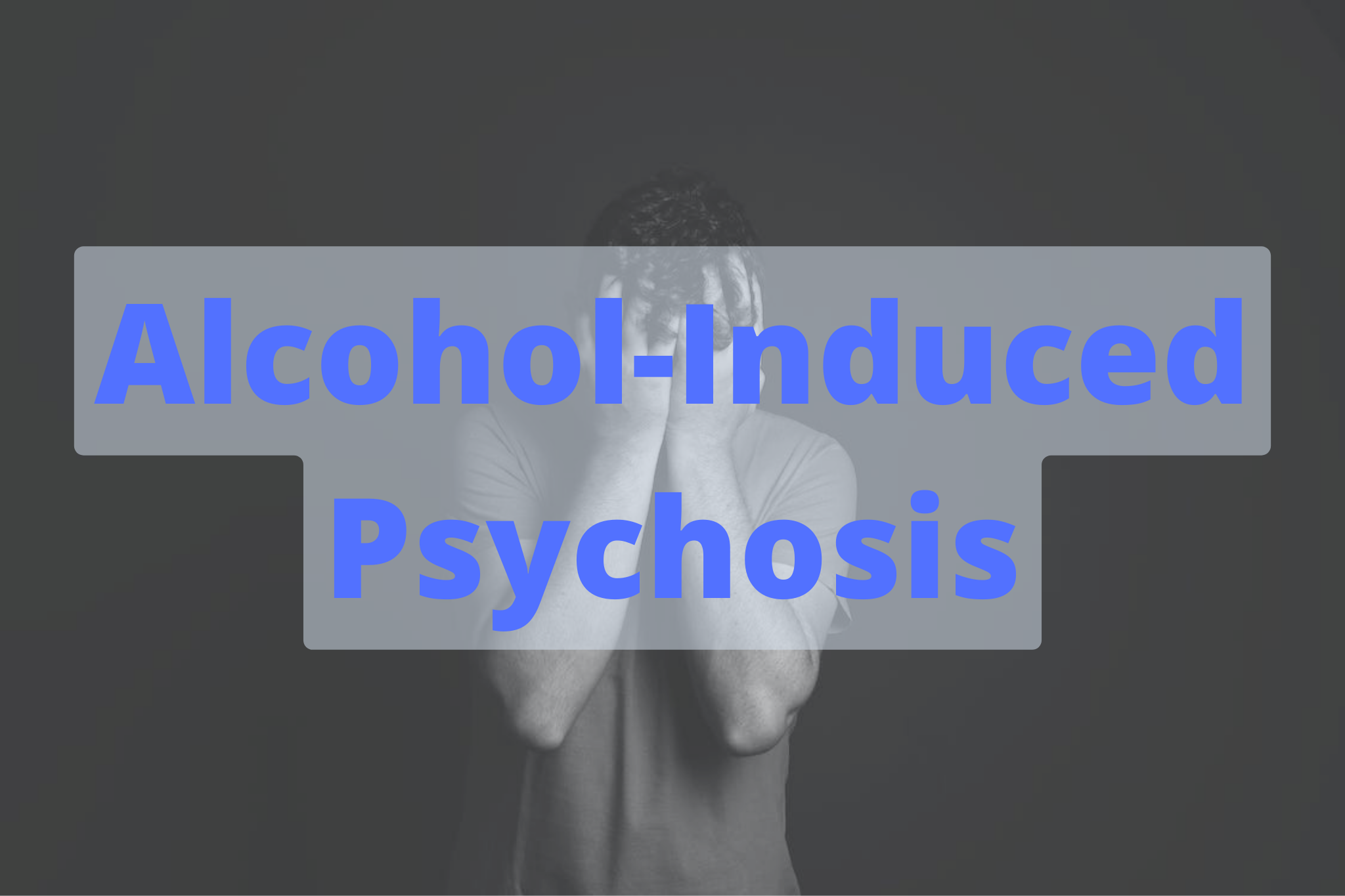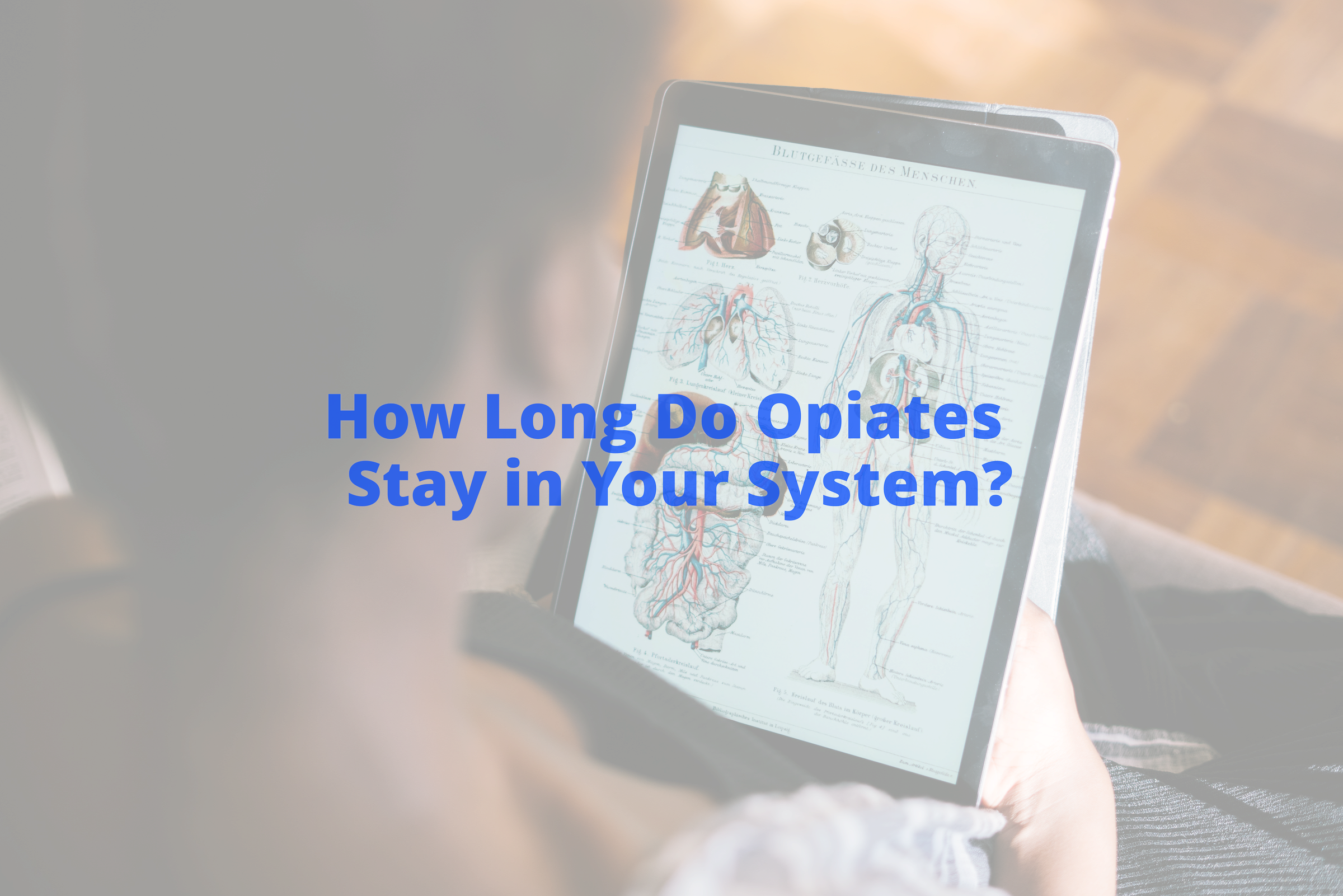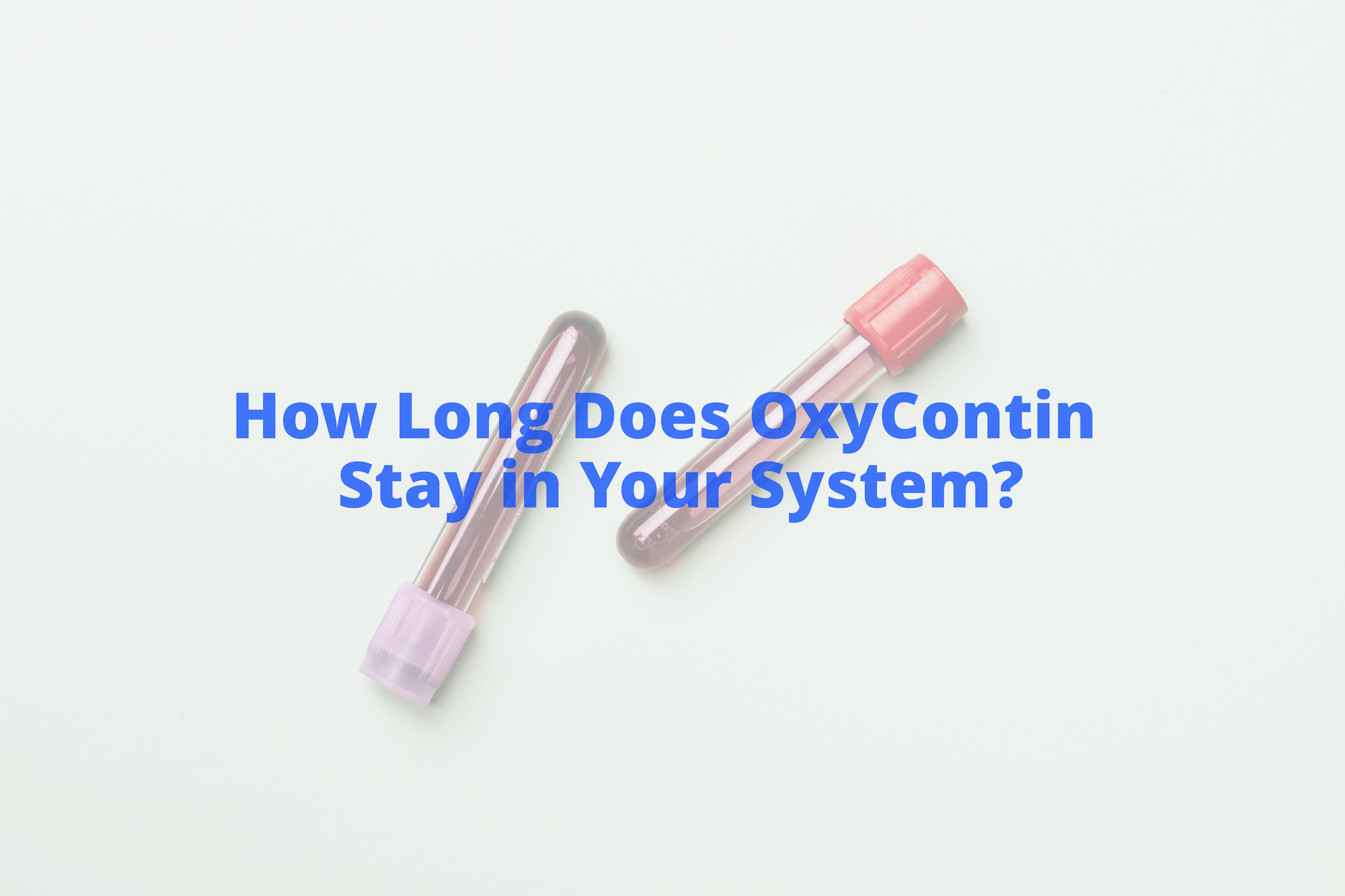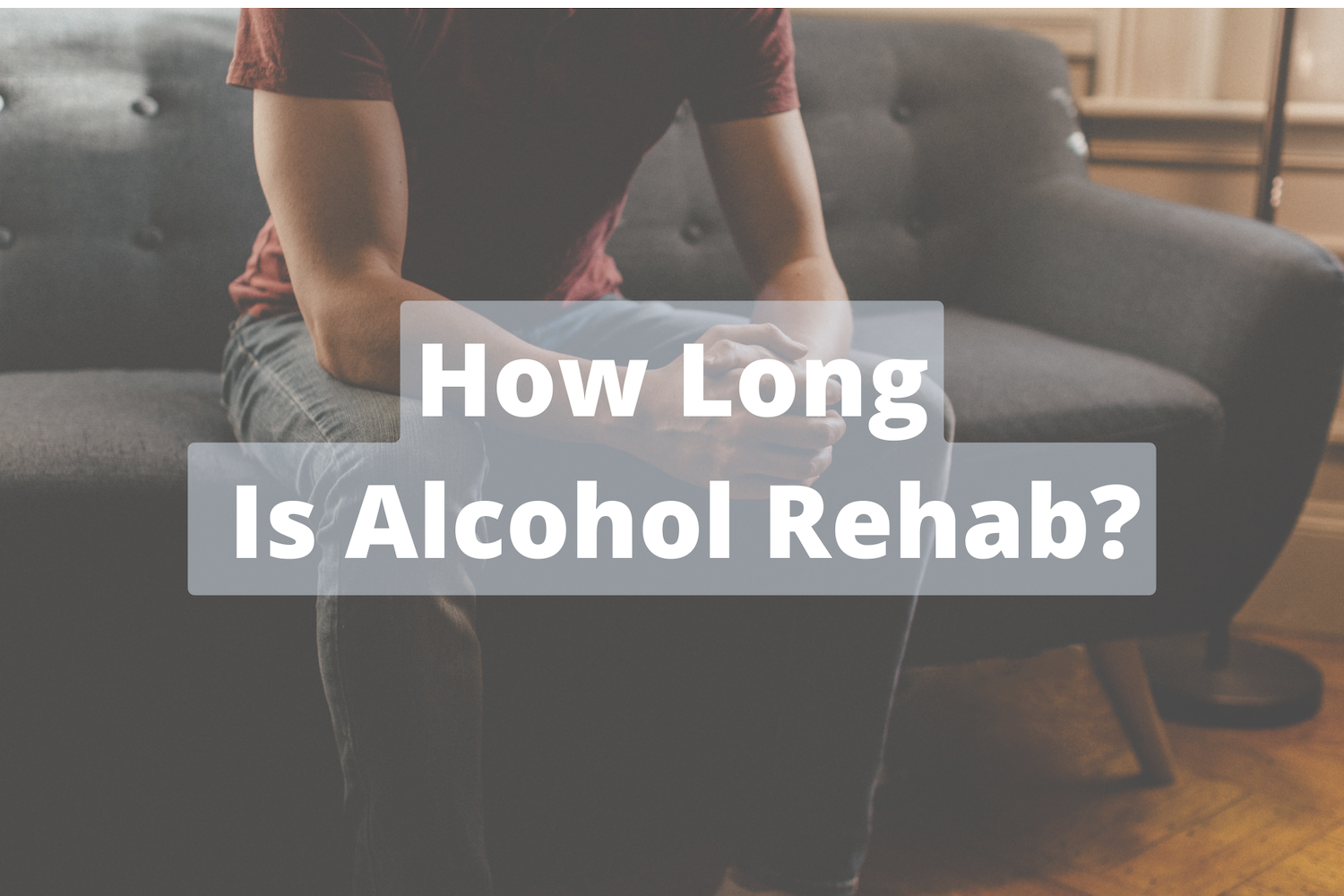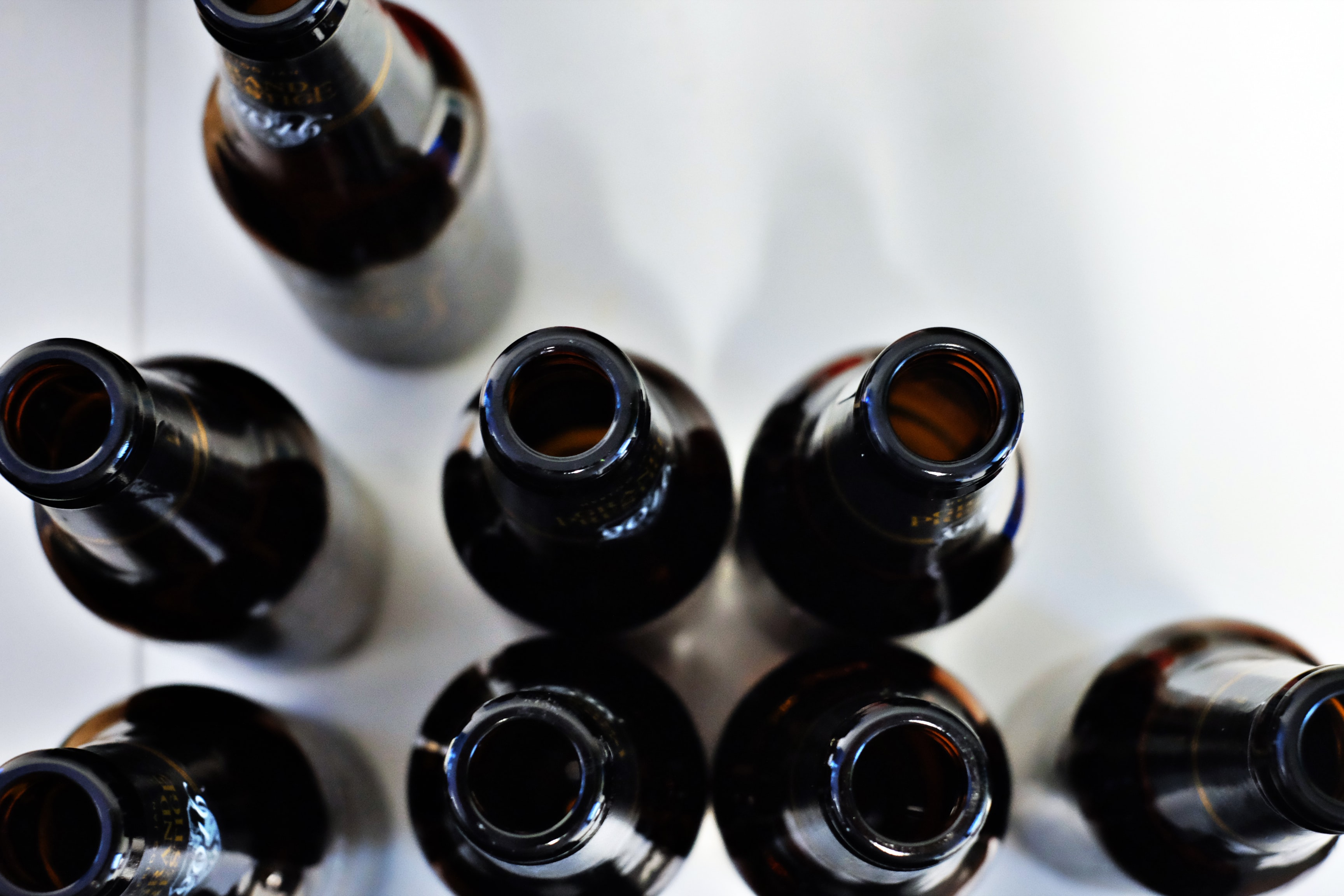Alcohol-Induced Psychosis
One of the hardest parts about alcohol addiction is that it can hide in plain sight. Because alcohol is a legal substance, a person struggling with alcohol dependence can often hide their problem for years under the guise of social interactions. On top of this, individuals battling alcohol abuse are often high-functioning and can still appear to participate in their daily routines without any interruption for their next fix.
Many dangers related to heavy drinking are well known. We know not to drive a vehicle or operate heavy machinery while drunk, and alcohol poisoning risks have been well documented. But many individuals don’t know about alcohol-induced psychosis, an alarming side effect that can occur during alcohol withdrawal or binge drinking.
To better understand alcohol-induced psychosis, it’s first important to understand the signs of alcohol abuse that a person struggling with addiction might be masking. Then there are actually 3 types of alcohol-induced psychosis and clear warning signs you can look for with each.
Read on to learn about alcohol-induced psychosis—and how you can safely overcome your battle with alcohol addiction today.
What Does Alcohol Abuse Look Like?
According to the Substance Abuse and Mental Health Services Administration (SAMHSA), substance use disorders are chronic conditions that have both psychological and physical symptoms. This is also true for alcohol abuse. Long-term alcohol addiction actually alters a person’s chemical makeup until they can no longer function without regular alcohol use.
There are several stages of alcohol substance abuse. But even one-time acute intoxication can leave a person susceptible to dangerous alcohol withdrawal symptoms. Alcohol use disorder symptoms can include strong cravings for alcohol, making excuses to incorporate alcohol into everyday activities, and an increased level of secrecy or irritation when people ask personal questions about your life.
Alcohol abuse can also be detected when an individual starts to experience alcohol withdrawal. Alcohol withdrawal symptoms can begin a few hours after a person’s last drink or up to a full week later. At first, a person might be irritable or distracted. Then these symptoms can first manifest as increased blood pressure, anxiety, headaches, and nausea.
It can take up to 10 days for alcohol to completely leave a person’s system. Alcohol-induced psychosis can occur within 6 hours after your last drink.
Types of Alcohol-Induced Psychosis
There are three main types of alcohol-induced psychosis. Each of these is a psychotic disorder caused by varying levels of alcohol in the bloodstream. They are most likely to occur in someone who is binge drinking or who regularly struggles with alcohol abuse. If left untreated, all forms of alcohol-induced psychosis can be deadly.
Acute Alcohol Intoxication
Acute alcohol intoxication is the least common, as it is induced when a person drinks more alcohol than their body can expel in one sitting. As a result, a person will usually pass out or begin to experience the symptoms of alcohol poisoning before psychotic symptoms occur.
Alcohol Withdrawal Psychosis
If someone who has struggled with alcohol abuse for years tries to stop drinking alcohol cold turkey, they have a high potential for experiencing alcohol withdrawal psychosis.
Hallucinations from alcohol withdrawal psychosis are one symptom of delirium tremens, a dangerous step of alcohol detox that occurs when a person’s nervous system can no longer function properly without alcohol use. Other symptoms of delirium tremens include vomiting, high fever, hallucinations, and even seizures.
Chronic Alcoholic Hallucinosis
Chronic alcoholic hallucinosis occurs in individuals who have struggled with alcohol addiction for years. At this point, a person’s brain chemistry is so altered by alcohol use that they can begin to experience auditory hallucinations and uncontrollable mood swings.
If left untreated, chronic alcoholic hallucinosis can eventually lead to Wernicke-Korsakoff syndrome, which is caused by dangerously low levels of vitamin B1 in the brain. Wernicke-Korsakoff syndrome symptoms can include blindness, hypothermia, coma, and even death.
Alcohol Abuse Treatment
The risk of alcohol-induced psychosis is the main reason why it’s crucial to complete alcohol detox with the help of medical professionals. With the support of the right alcohol treatment program in your area, anyone can experience alcohol withdrawal symptoms safely and comfortably.
Trained alcohol addiction specialists can administer prescribed medications to help you complete your alcohol detox, and they will be available 24/7 to offer you the encouragement and support you need. The detox process lets you begin further alcohol addiction rehabilitation with a clean slate, and it leaves you less prone to relapse in the rest of your recovery journey.
Alcohol abuse treatment begins with a doctor’s diagnosis, especially if a person is beginning to exhibit extreme alcohol withdrawal symptoms. Then after a successful detox, you will begin a personalized program of mental health services.
At Skypoint Recovery in Akron, Ohio, we offer a wide variety of therapy solutions. These include art therapy to help you express the hard emotions of your recovery process. We also offer motivational interviewing to help you claim ownership of your individual rehabilitation. And there are balanced living classes to help you develop healthy life skills in place of substance use for the future.
Alcohol addiction can leave you feeling isolated and desperate. But you never have to feel alone when you choose a fresh start with Skypoint Recovery. All it takes is one phone call, and then you can start on the road to sobriety today.
The Skypoint Recovery Difference
At Skypoint Recovery Ohio, we will help you escape the noise and chaos of your daily life so you can focus on your individual mental and physical needs. Our main goal of Skypoint Recovery substance abuse treatment is to help you experience all the benefits of sobriety and develop daily practices to help you choose a drug-free life. We guarantee you get the individualized treatment you need to reclaim your desired healthy life.
Contact Skypoint Recovery today to learn how we can best help support you on your journey toward rehabilitation.

